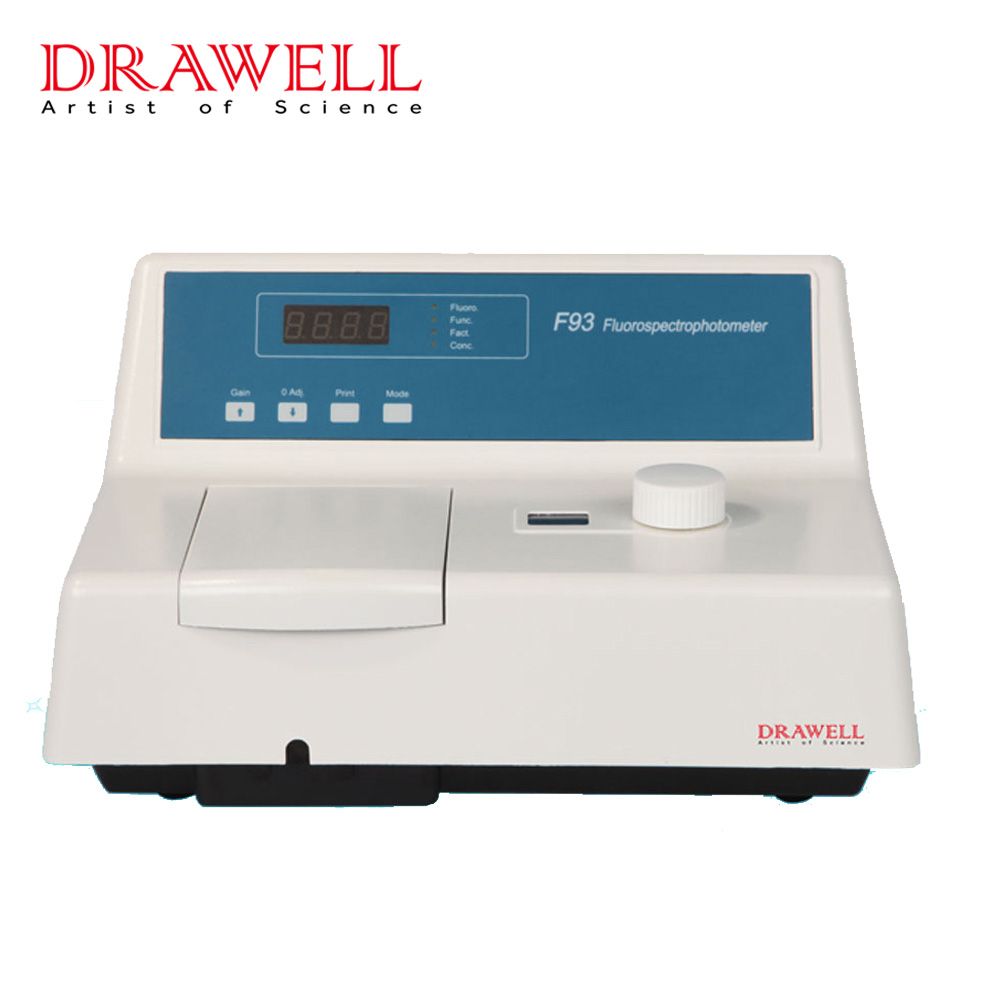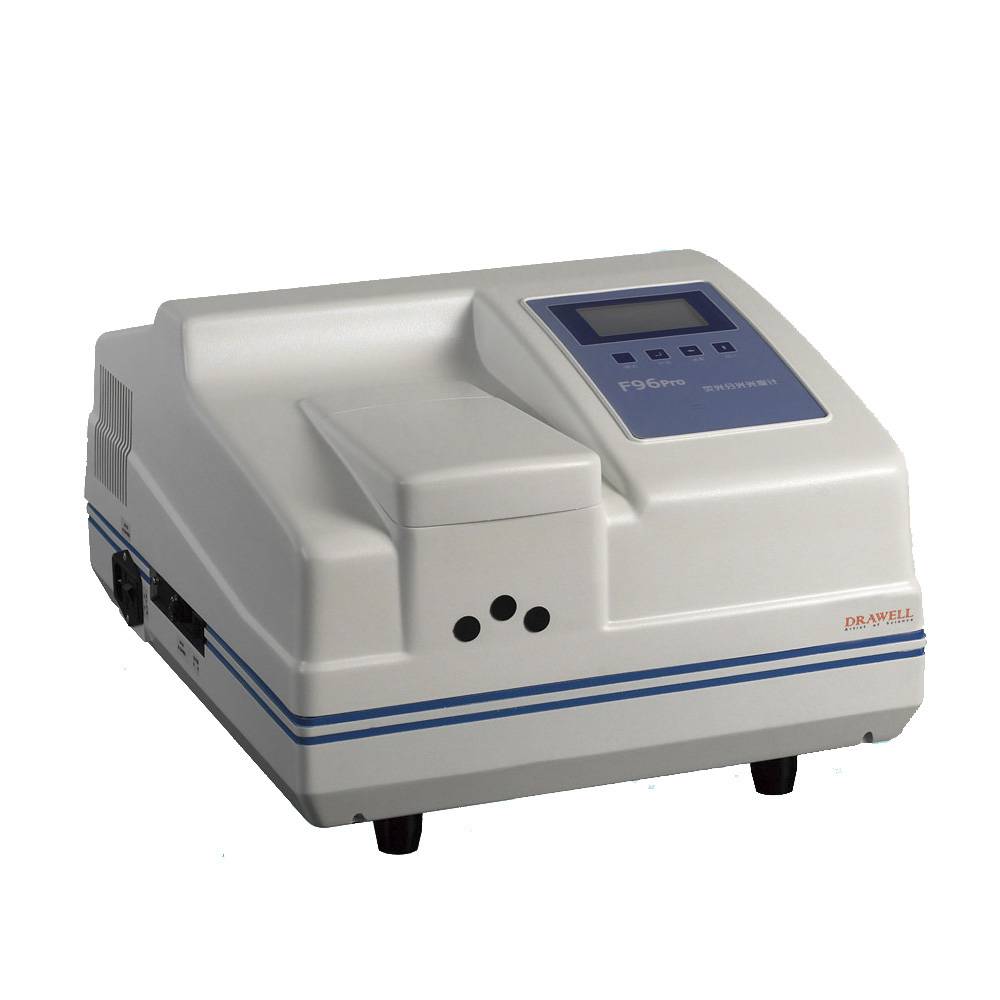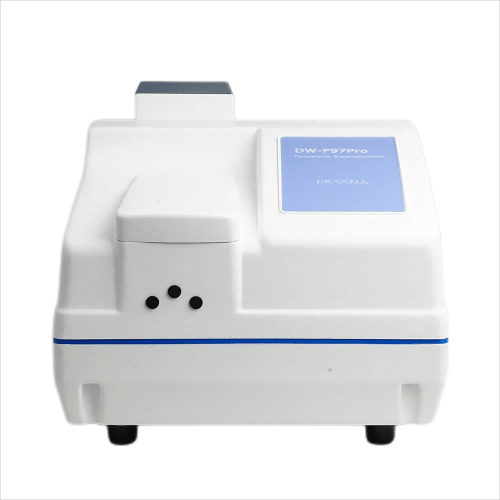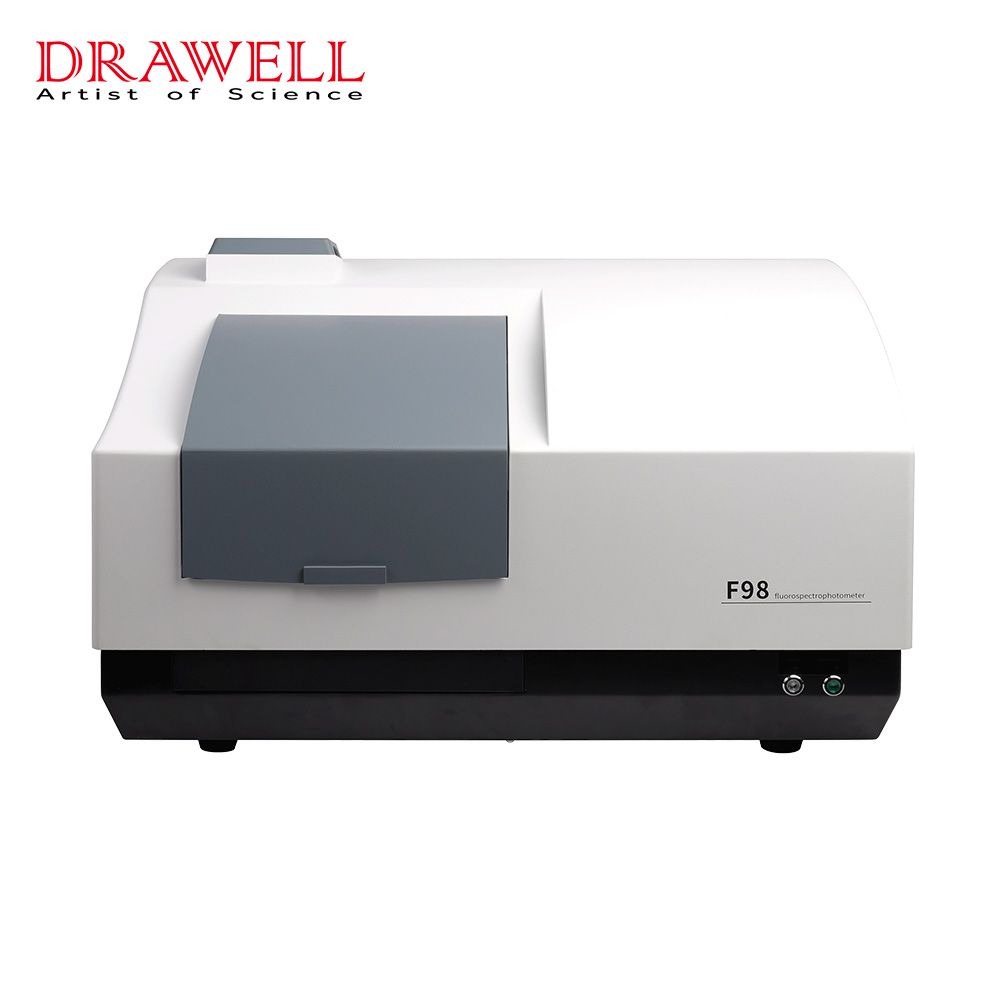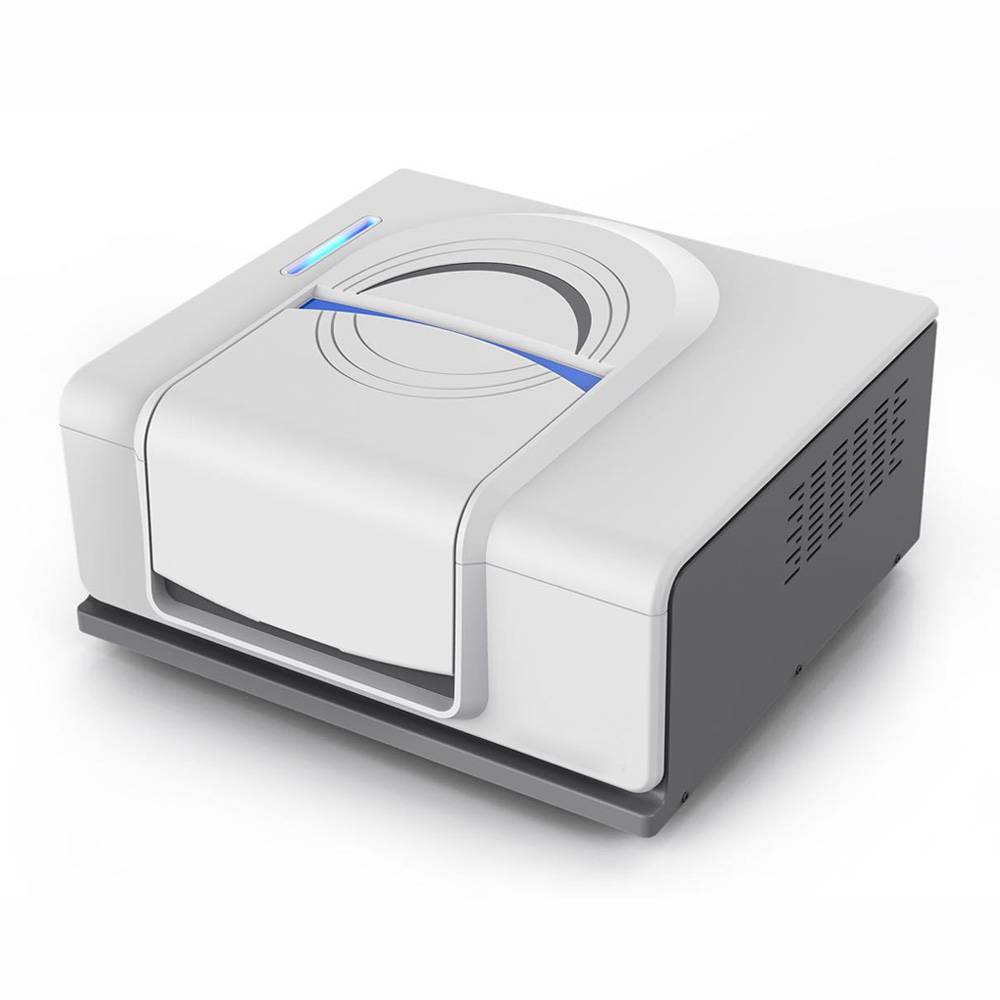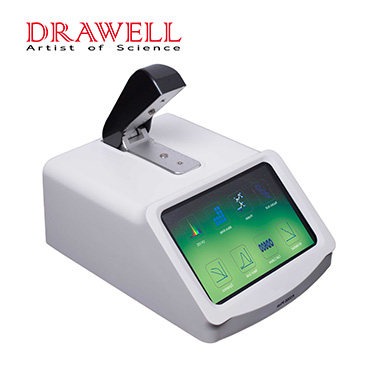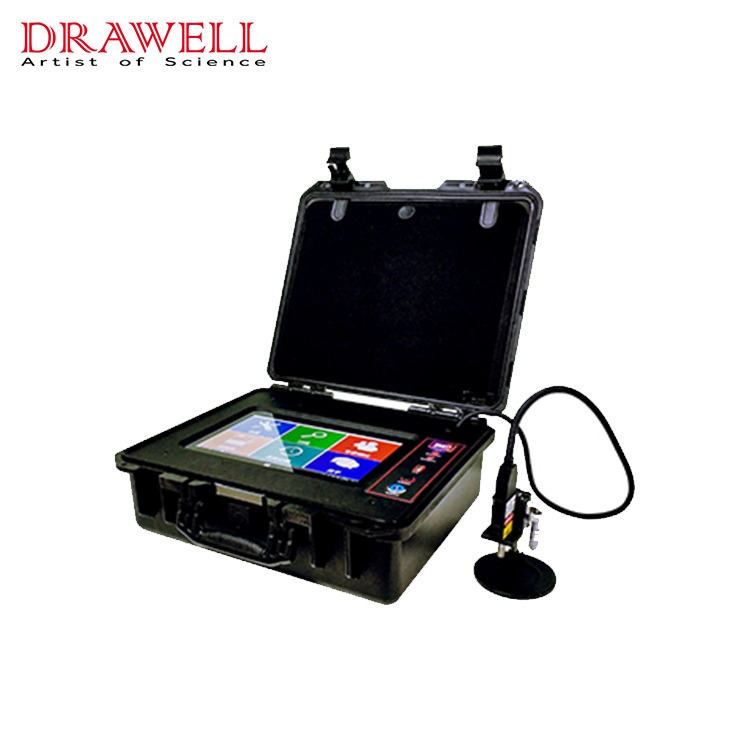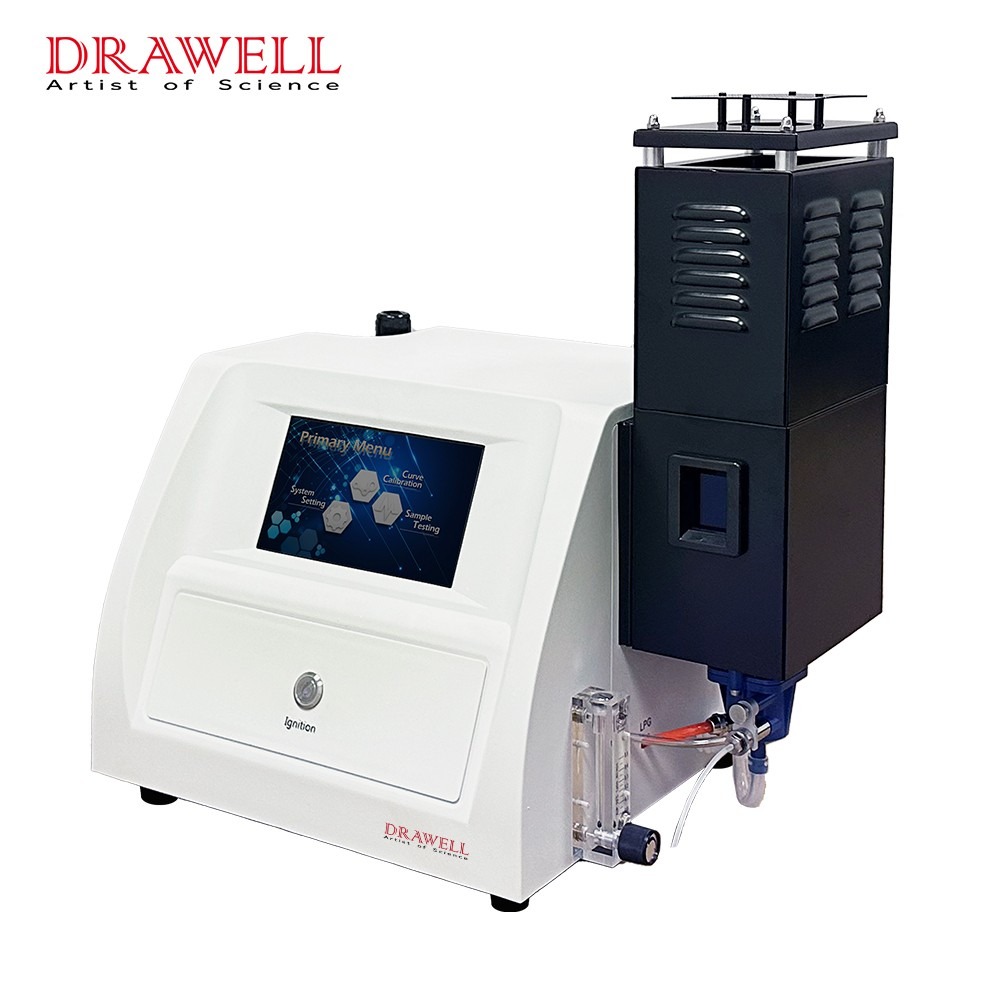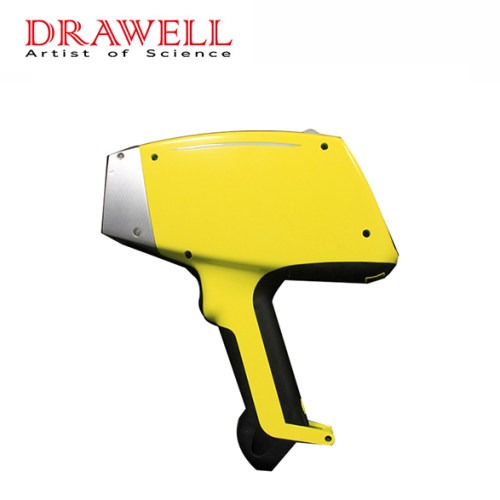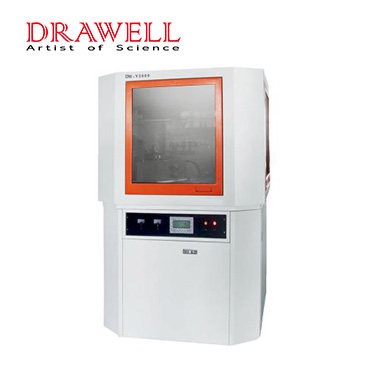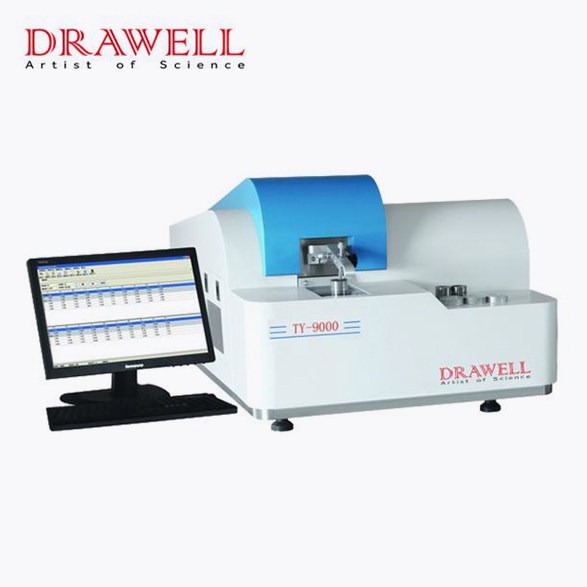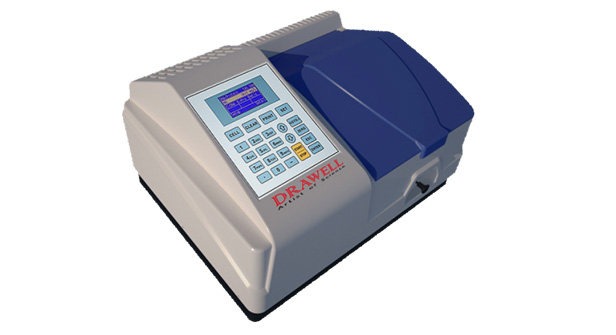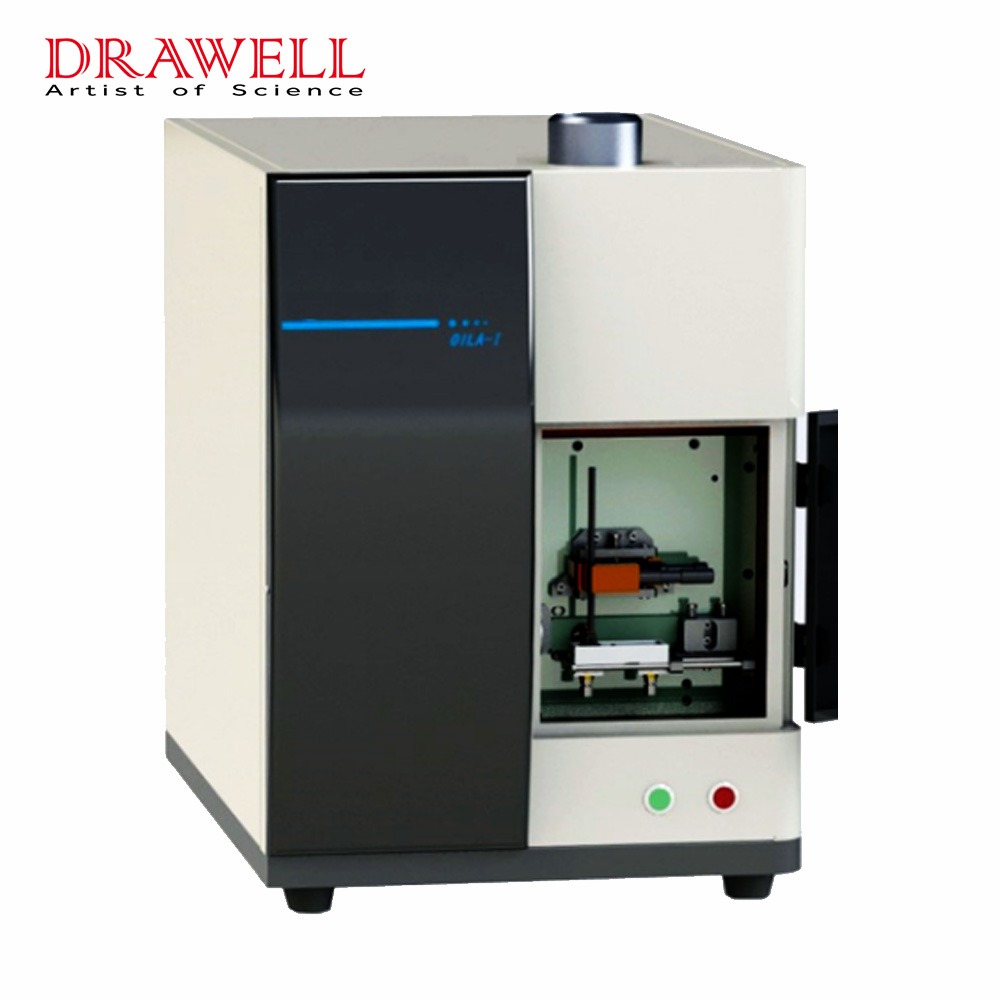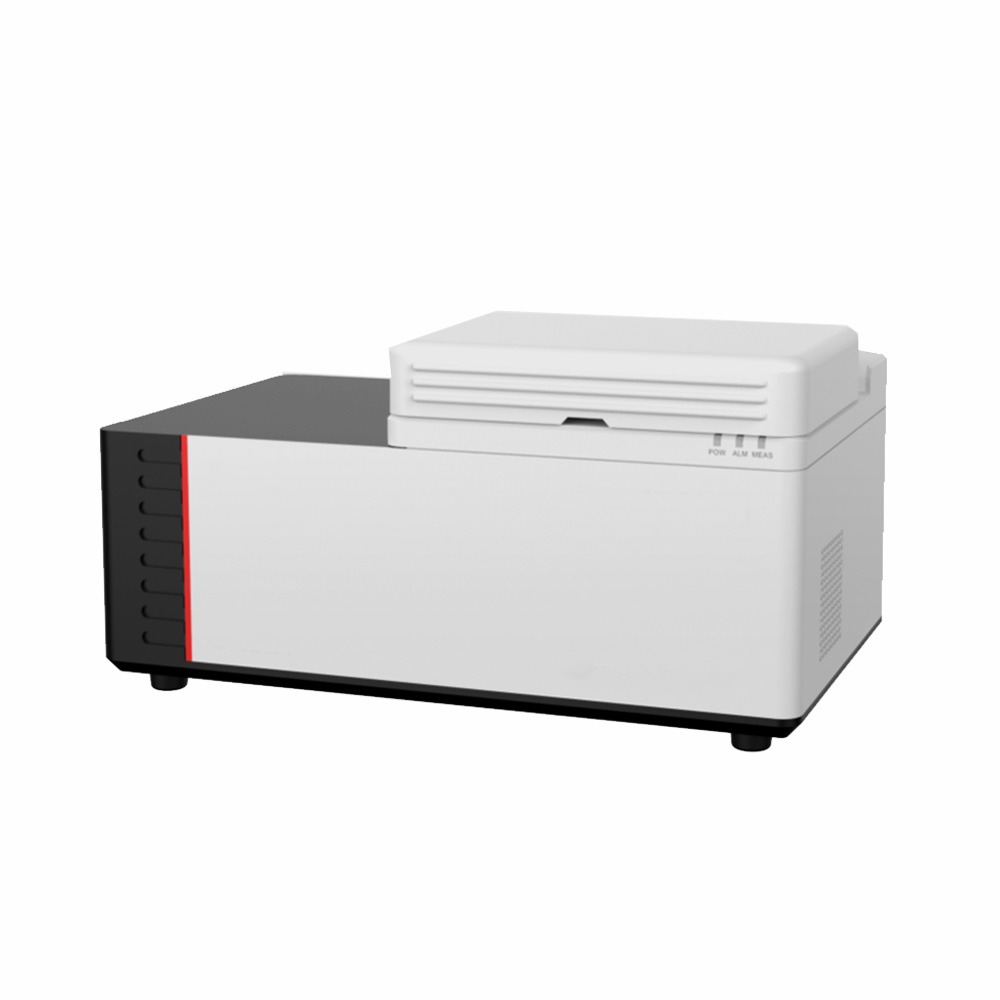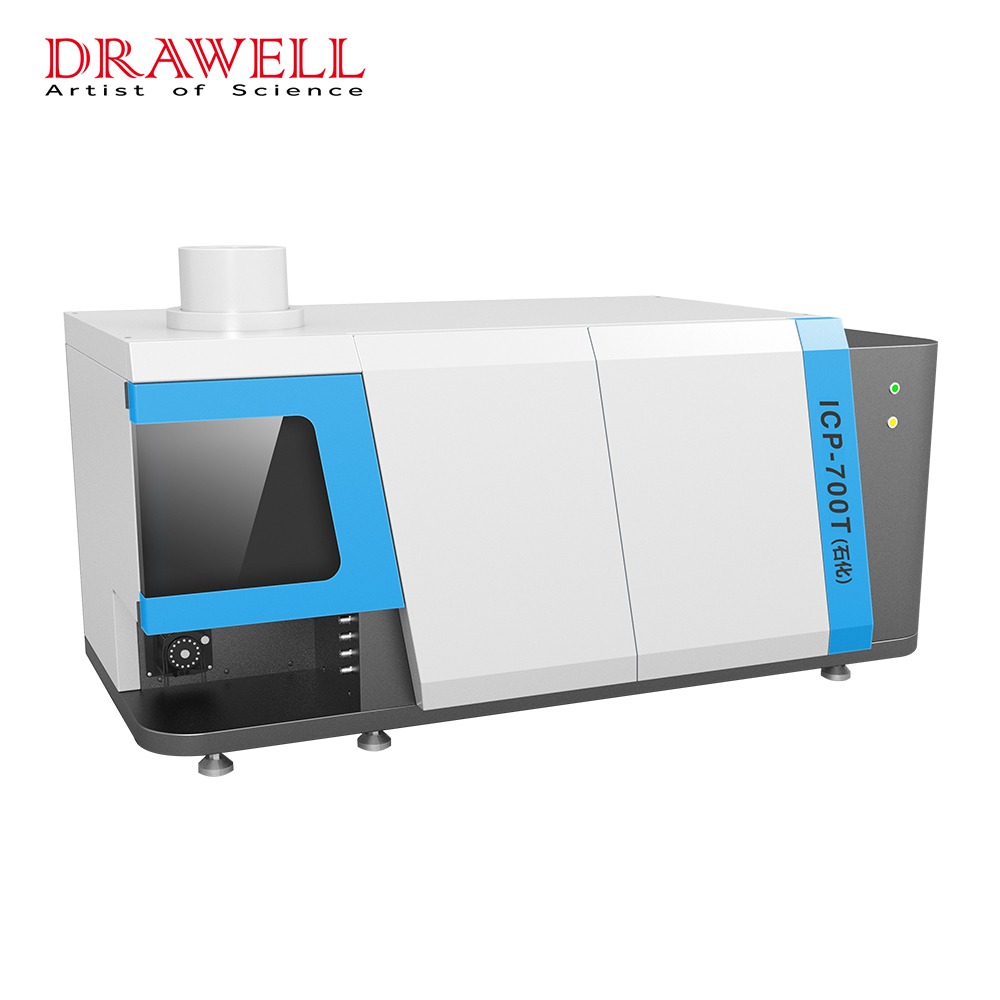Fluorescence Spectrophotometer
Features | Specifications | How to Choose | Application | Image | Why Choose Drawell | Other Products
A fluorescence spectrophotometer is an instrument used to scan the fluorescence spectrum emitted by fluorescent labels. Drawell fluorescence spectrophotometer can not only do general quantitative analysis but also infer the conformational changes of molecules in various environments, thereby clarifying the relationship between molecular structure and function.
Features of Fluorescence Spectrophotometer
- High sensitivity and good selectivity. The sensitivity of fluorescence analysis is 2-3 orders of magnitude higher than that of absorption spectroscopy.
- Strong selectivity. Fluorescent substances have two characteristic spectra: excitation spectrum and absorption spectrum. It can identify substances based on them.
- Rich in information. It can provide multiple parameters of fluorescent substances.
- Less sample required, simple method, wide range of working curve.

Specifications of Fluorescence Spectrophotometer
DW-F93/F93A Fluorescence Spectrophotometer
• Light source: LED lamp
• EM wavelength: 360nm~650nm
• Bandwidth: 12nm
DW-F96PRO Fluorescence Spectrophotometer
• Light source: Hamamatsu 150W ozone type Xenon lamp
• EM wavelength: 200nm~900nm
• Bandwidth: 10nm
DW-F97 Series Fluorescence Spectrophotometer
• Light source: Hamamatsu 150W ozone type Xenon lamp
• EM wavelength: 200nm~900nm
• Bandwidth: DW-F97: 10nm;
DW-F97Pro: 2nm/5nm/10nm/20nm;
DW-F97XP: 2nm/5nm/10nm/20nm
DW-F98 Fluorescence Spectrophotometer
• Light source: Hamamatsu 150W ozone type Xenon lamp
• EM wavelength: 200nm~900nm
• Bandwidth: 1nm/2nm/5nm/10nm/20nm
How to Choose Fluorescence Spectrophotometer Model?
Q1: What’s your sample?
A: Normally, a Fluorescence spectrophotometer can test liquid samples and solid samples.
Q2: What’s the spare part for a different sample?
A: For the liquid sample, the instrument comes with 2 quartz four-way cuvettes, other parts are not needed. For a solid sample, if it’s a powder sample, it needs to equip with a sample holder base and powder sampler holder; and if it’s a film sample, it needs to equip with a sample holder base and film sampler holder.
Q3: What’s the wavelength range?
A: You need to confirm your test wavelength range, different model series has different wavelengths as below:
F93 series: 360-650nm; F96 series:200-850nm;F97 series:200-900nm: F98 series:200-900nm.
Q4: How to match different wavelengths?
A: For the F93 series, the light source is LED, you need to choose a different LED to match the wavelength of different samples.
For the F96 series, you need to equip with different filters to match different wavelengths.
For F97 and F98 series, both models are equipped with a monochromator. We can set all wavelengths in the wavelength range by adjusting the grating in the monochromator.
Q5: What’s the resolution?
A: F93 series:12nm; F96 series:10nm; F97 series:10nm and 2nm/5nm/10nm/20nm optional; F98 series:1nm/2nm/5nm/10nm/20nm optional
Application of Fluorescence Spectrophotometer
- Medical science and clinical analysis Clinical analysis of biological specimen.
- Pharmaceutical science and pharmacology Analysis of natural pharmaceutical products; Quality control of pharmaceuticals and research of pharmaceutical metabolites.
- Biochemistry Analysis of minute quantity of substances in biological body.
- Food industry Analysis of minute quantity of constituents in food.
- Pollution analysis Atmospheric pollution, environmental testing and food contamination analysis.
- Organic and inorganic chemistry. Used in the trace analysis in case of those substances cannot be determined by absorption spectrophotometry.

What is the Principle of Fluorescence Spectrophotometer?
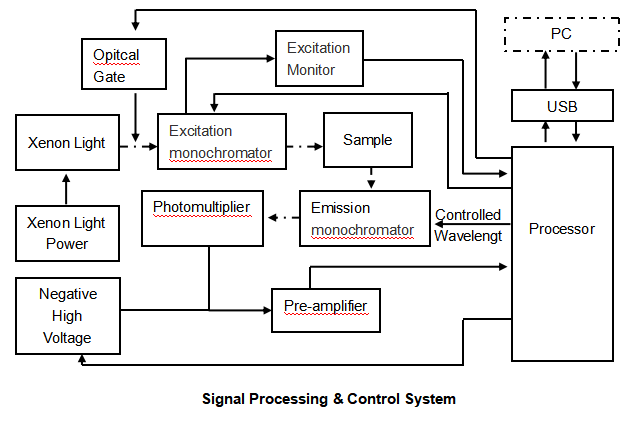
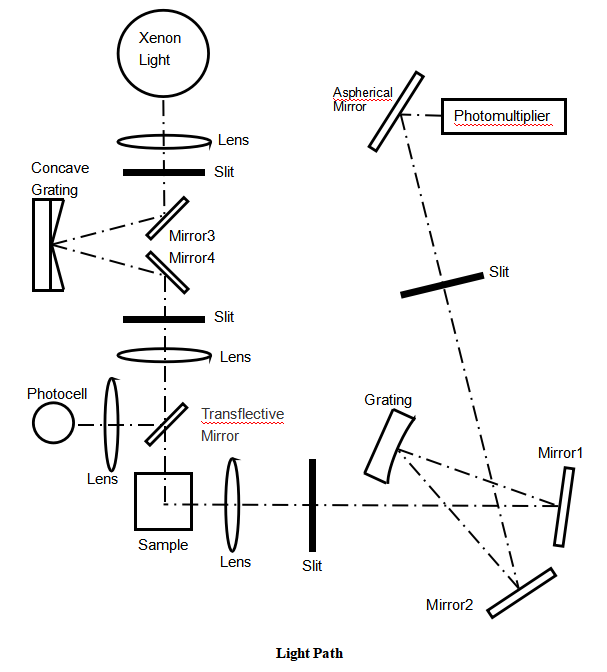
The ultraviolet light and blue-violet light emitted by the high-pressure mercury lamp or xenon lamp are irradiated into the sample pool through the filter, which excites the fluorescent substances in the sample to emit fluorescence. After being filtered and reflected, the fluorescence is received by the photomultiplier tube and then displayed in the form of a picture or digital. Due to the different molecular structures, the distribution of the excited state energy levels of different substances has different characteristics. This characteristic is reflected in the fluorescence, and each substance has its own characteristic fluorescence excitation and emission spectra. Therefore, the difference in fluorescence excitation and emission spectra can be used to qualitatively identify substances.
Products Display



Why Choose Us for Fluorescence Spectrophotometer?
“Multiple suppliers” have always been an issue in the procurement process. Drawell as a one-stop laboratory equipment and scientific instruments supplier, can perfectly solve this problem. In addition to manufacturing our own equipment, we also represent other laboratory equipment. Our product lines are rich and diverse at competitive prices. Provide one-stop service to customers.
User Training – Training by Drawell skilled engineers about installation, debug tests, technical services, etc. It can happen in our factory in China, or at the site in the customers’ country. Cost depends on where and when the training happens.
To discuss the problem and get it resolved, online chats, real-time video calls, and remote guidance. For the after-sales stage, our online technical guidance is free and ready forever.
1 year free official warranty, including repairing quality-damaged parts, and offering replacements of selected parts (shipping cost is extra). 5% of the product price is charged for extending the warranty before the end of the official warranty.

